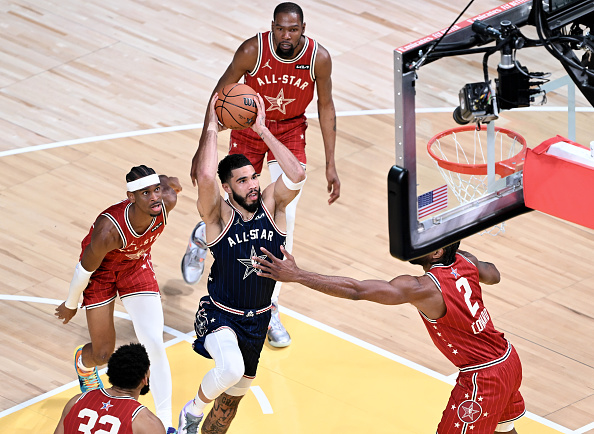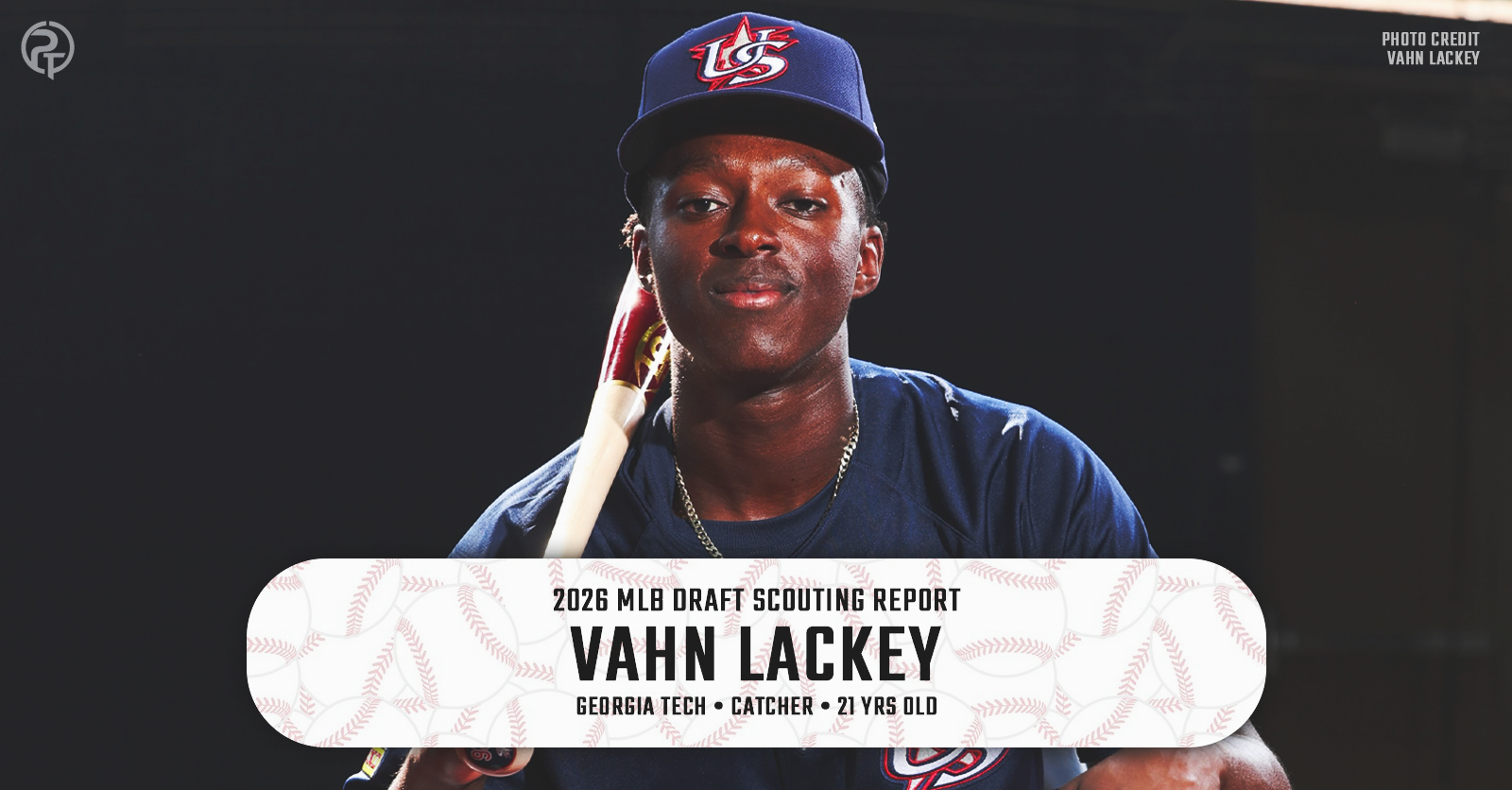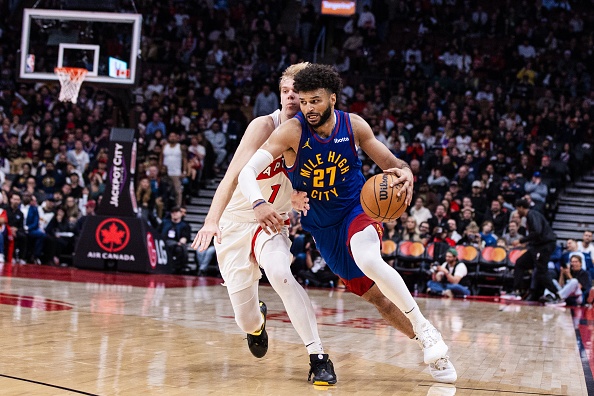In case you’ve been unaware as of late, the NBA All-Star Game, held in Indianapolis last weekend, featured the Eastern All-Stars breaking the 200-point barrier. This would be an NBA record had it occurred in a regular-season game. In fact, the Western All-Stars also tied the true regular-season record of 186 points.
It is safe to say last weekend’s event re-ignited the long-running criticisms of the NBA All-Star Game, which has historically been an event where most will only play at about half of their usual intensity to let their fellow players shine. Five players cracked the 30-point barrier, and Karl-Anthony Towns of the Minnesota Timberwolves scored an eye-popping 50 points.
If you also stop to look around at other sports, you might also realize that All-Star events in the other major professional sports have also been struggling as of late. Some have tried to change formats to create a more laid-back experience, while others have remained steadfast.
So we have to ponder the question: do we even need All-Star games anymore? And how do we fix the days of festivities surrounding them?
NBA
This year’s All-Star Weekend deserves a further look.
Critics will point to how the big stars did not participate in the Dunk Contest, which has tapered off in terms of fanfare and prominence recently. For instance, Mac McClung, who has played in exactly four NBA games, has won the last two Dunk Contests. And while both three-point contests (Sabrina Ionescu vs. Stephen Curry was a historic moment in itself) and the actual contest itself were thrilling, we turn once again to the stunning developments of what Sunday’s game brought.
We are reminded that players only tend to play at half their intensity so that everyone gets a chance to shine, but Sunday night may have brought out the least competitive game to date.
The 2020 NBA All-Star game was so intense to watch. Fans need this type of competitiveness back. pic.twitter.com/SD5iMUmlw6
— Grace (@gracesporttakes) February 19, 2024
In many ways, the format of NBA All-Star Weekend seems to be teetering on the brink of collapse as it had been in the late 1990s before the efforts of Vince Carter (among others) revived interest in the festivities.
Sometimes, staying steadfast can work.
MLB
We now turn to Major League Baseball, another major sport that has remained steadfast in its roots for how the league conducts its All-Star festivities. MLB may offer clues as to how the NBA can fix its own All-Star game.
While the Home Run Derby happens on the night before the big game itself, the MLB All-Star Game once featured the most important incentive out of any of these events. From 2011 to 2017, the winning league obtained home-field advantage for the World Series.
And even though that incentive is gone now, the MLB All-Star Game often still features the players in both leagues at their best in an attempt to defeat the other league and claim bragging rights.
NHL
The NHL has also faced problems of its own when it comes to All-Star formats. Similar to the NBA, hockey has a skills challenge held over the weekend, but let’s skip right to the format of the All-Star Game itself.
This year combined two prior formats of a fantasy draft and four teams of three-on-three. Captains Connor McDavid, Auston Matthews, Quinn Hughes, Jack Hughes, and Nathan MacKinnon drafted their rosters, and then the teams were turned loose. Three 10-minute games of three-on-three action ensued, with Matthews’s team emerging victorious. As a result, Matthews also walked off with $1 million.
The NHL should scrap the All-Star Game in favor of this. https://t.co/o2ZFQTAiAP
— Taylor Haase (@TaylorHaasePGH) February 21, 2024
2025 will not even feature an All-Star game, with the NHL instead opting to engage in a sort of preview for hockey’s return to the Olympic Games in 2026.
NFL
The NFL was the first to attempt to overhaul their All-Star experience. After many years of the Pro Bowl being about as low-effort as the NBA All-Star Game, the league changed the game entirely. The Pro Bowl, now known as the Pro Bowl Games, takes place over multiple days. Over these multiple days, we see skills competitions and one seven-on-seven flag football game take the place of the singular regular football game of Pro Bowls past.
So far, opinions on the format have been largely split, leading to questions about its long-term viability.
How Can Leagues Fix the All-Star Game Problem?
To some extent, yes, it absolutely can. And the core of the problem is, once again, the amount of effort put on display. Another noted difference between all four leagues is that only the NFL plays its All-Star Game after the season has entirely wrapped up (with the exception of the Super Bowl, whose two teams don’t send their players to the Pro Bowl). Players are generally unwilling to risk injury in a game where there is next to no incentive present. This remains particularly true in MLB, the NBA, and the NHL; all of these leagues still have plenty of meaningful games left when they host their All-Star festivities.
Thus, there is one broad-stroke fix for the NBA. This proposal would fall in line for every league, excluding the NFL, to give a real incentive for participating in the games, mostly by way of instituting a benefit come postseason time.
MLB already led the way by previously awarding home-field advantage in the World Series to its All-Star Game winners from 2011 through 2017, and I would propose implementing this incentive across the board. Giving the winning league or conference guaranteed home-field advantage would be a huge incentive and a pathway to solving the competitiveness issue in All-Star games.
the only good all-star game is when MLB’s determined home field advantage in the world series
— liv, swiftie 🏳️⚧️ (@livinmke) February 19, 2024
Main Image Credit:






